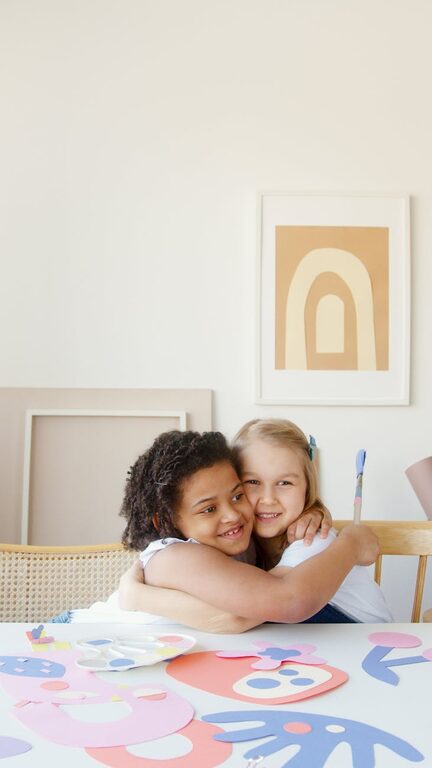Every parent and caregiver knows the joy of seeing a child’s creativity unfold through their artwork. From colorful drawings to hand-painted projects, kids’ art pieces are often treasured keepsakes. However, as these masterpieces accumulate, they can quickly take over your home and create clutter. Keeping kids’ art organized not only helps maintain a tidy space but also allows you to celebrate your child’s creativity in meaningful ways.
In this post, we’ll explore a variety of practical tips and creative ideas for organizing and preserving your child’s artwork.
Why Organizing Kids’ Art Matters
Before diving into the tips, it’s helpful to understand why organizing art matters:
– Reduces Clutter: Art projects can pile up fast. Organization helps maintain a clean and orderly home.
– Preserves Memories: Proper storage keeps artwork safe and accessible for reminiscing.
– Encourages Creativity: Displaying art proudly inspires kids to create more.
– Teaches Organization Skills: Involving kids teaches them to value and care for their belongings.
Now, let’s explore how to organize kids’ art effectively.
Create a Dedicated Art Space
Having a specific spot for artwork is a great place to start.
Art Station or Display Area
Set up a corner or wall dedicated to displaying current favorites. Use:
– Bulletin boards
– Clipboards hung on walls
– Magnetic strips for holding papers
– String or wire with clothespins for rotating displays
This creates a mini-gallery where kids can enjoy their creations and decide which pieces to keep or retire.
Sort and Categorize Regularly
To avoid piles of random pages, establish a routine for sorting art.
– Go through new artwork weekly or monthly.
– Involve your child in deciding which pieces to keep.
– Separate by type (drawings, paintings, crafts) or by date.
– Use folders or bins labeled by category or year.
This process keeps the collection manageable and makes future access easier.
Choose Suitable Storage Solutions
Finding the right storage method depends on the space and volume of artwork.
Flat Storage
– Portfolios: Large, flat folders designed for art are perfect for drawings and paintings.
– Binder with Plastic Sleeves: Great for storing individual pages neatly.
– File Boxes: Label by year or child.
3D or Bulky Art
For clay sculptures, dioramas, or other bulky pieces:
– Use clear plastic bins with lids.
– Photograph the item before recycling if space is limited.
Digital Storage (More on this later)
Go Digital: Preserve Art Without the Clutter
Taking photos of your child’s artwork is an excellent way to keep memories without accumulating physical space.
How to Digitize Artwork:
– Use a smartphone or camera to capture images.
– Scan flat artwork for better quality when possible.
– Save images in folders organized by date or project type.
– Consider using apps designed for storing kids’ artwork.
Benefits of Digital Archiving:
– Easy to share with family and friends.
– Create photo books, slideshows, or personalized gifts.
– Allows you to keep a comprehensive record without clutter.
Rotate Displays and Create Keepsakes
Keep your child’s creativity visible without overwhelming your space.
Rotating Art Gallery
– Swap out displayed art regularly.
– Store replaced art properly or digitize it.
Creative Keepsakes
Turn favorite pieces into:
– Calendars
– Greeting cards
– Customized magnets
– Framed collages
This adds value and fun to preserved artwork.
Teach Kids to Value Their Work
Encourage children to participate in organizing their art. This helps develop responsibility and pride.
– Let them choose what to keep or share.
– Discuss why some pieces might be recycled.
– Use organization time as an opportunity to celebrate their creativity.
Consider Donations or Gifts
If you accumulate more artwork than you can keep, consider:
– Donating to local nursing homes, libraries, or community centers.
– Giving art pieces as gifts to family members.
This shares joy and teaches generosity.
Final Thoughts
Organizing kids’ artwork is a rewarding way to cherish your child’s creativity without feeling overwhelmed by clutter. By creating dedicated spaces, sorting regularly, utilizing storage solutions, digitizing art, and involving your children in the process, you can keep memories alive and your home organized.
Remember, the goal is to celebrate creativity while maintaining a manageable system. With these tips, your child’s art can continue to brighten your space in an organized, meaningful way.


